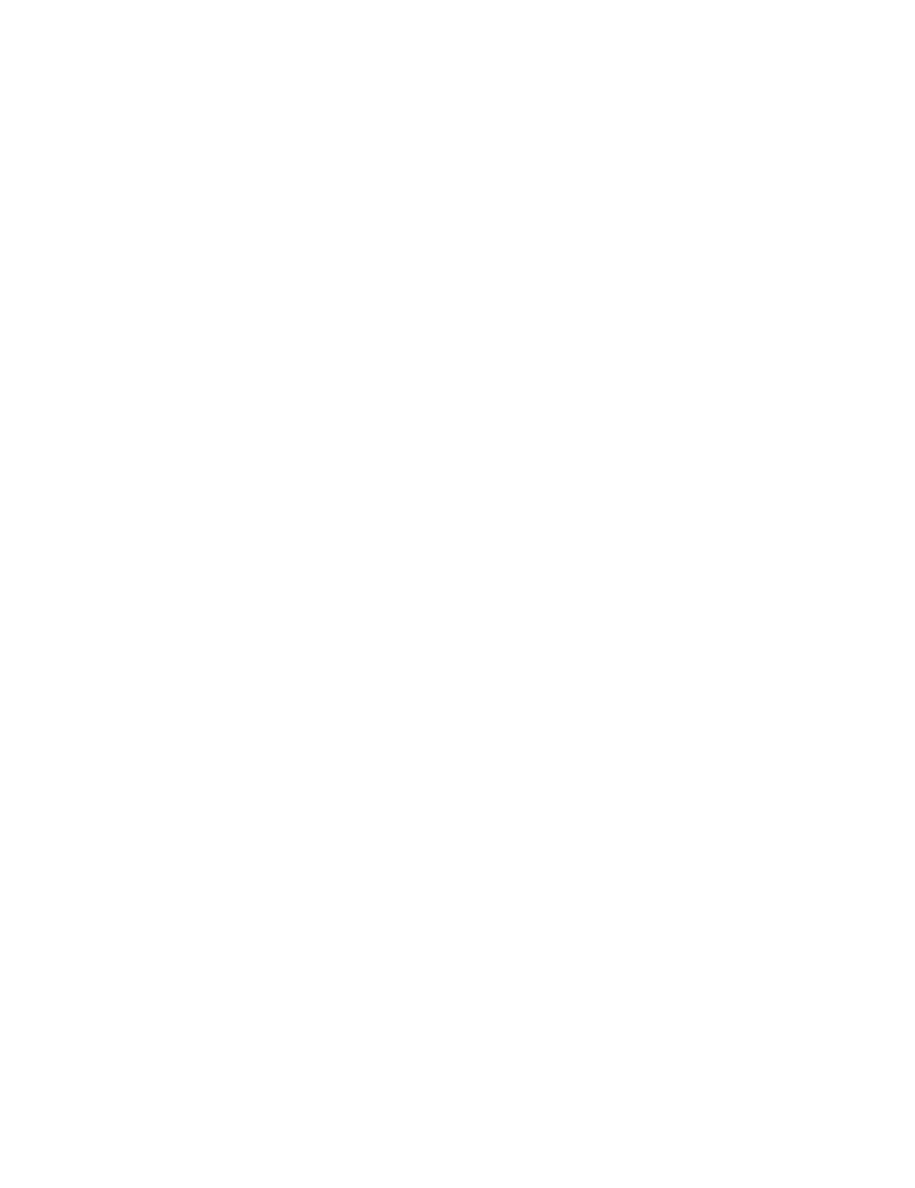
DOFMaster
for Windows
On-line
Depth of Field
Calculator
DOFMaster for Mobile Devices
On-line
Depth of Field
Table
Hyperfocal
Distance Chart
Articles
FAQ
Recommended
Books
Support
Contact
Links
Home
for Windows
On-line
Depth of Field
Calculator
DOFMaster for Mobile Devices
On-line
Depth of Field
Table
Hyperfocal
Distance Chart
Articles
FAQ
Recommended
Books
Support
Contact
Links
Home
As an Amazon Associate I earn from qualifying purchases.
![]()
used to substitute a shadow area, an 18-percent gray card
can be used to represent middle gray, or the back or palm
of your hand can be used to substitute a gray tone.
lighting conditions that exist in the scene. When the
scene is in bright sunlight, the substituted object must
also be in bright sunlight. Likewise, a scene in shade
requires a substitute light meter reading in shade.
gray card can be used for the integrated or averaging
methods, a dark and a light card can be used for the scene
brightness range method, a dark card for the darkest
object method, and a light card for the brightest object
method.
meter reading. In these cases, a good insurance policy
is to bracket your exposure. To bracket, you should take
one picture at the exposure indicated by the light meter,
over the indicated exposure.
overexpose than underexpose. Even though over-
exposure produces excess densities in the negative, it
still provides a useable image that can normally be
corrected in the printing stage. When underexposed, if
the image does not exist on the film, no corrective
printing techniques can provide image detail.
latitude of slide film is limited to ± 1/2 f/stop, you should
bracket in 1/2 f/stop increments, both under and over the
indicated light meter exposure reading. Color slides that
are 1/2 f/stop underexposed have more color saturation
and are more usable than ones that are 1/2 f/stop
overexposed and appear "washed out" and light.
light meter, be sure that shadows are not cast from the
light meter, camera, or yourself. When a hand-held light
meter is used, the distance of the light meter to the
subject should not exceed the shortest dimension of the
object; for example, when taking a light meter reading
of a person's face that is approximately 9x6 inches, you
face of your subject when taking the meter reading.
reading.
READINGS
images. You can prevent these bad readings by being
meters read the light falling on the viewing screen from
the lens. When strong lighting is coming from behind
the camera, it can influence the light meter. When an
occasional underexposed frame in an otherwise
successful series occurs, the cause may be light entering
the SLR viewfinder. Make a point of shielding the view-
finder if you do not have a rubber eyecup. When you use
viewfinder to prevent exposure errors.
likely cause is you have the wrong ISO set on the film
speed dial. For black-and-white film and color reversal
film, it may be possible to compensate for this in
developing if detected before the film is processed.
This results in an underexposed image. To prevent this
from occurring, you should ensure the sensor is pointed
directly at a midtone within the scene, and use this as
the camera exposure. When you frame and compose
Basic Photography Course

As an Amazon Associate I earn from qualifying purchases.
WWW.DOFMASTER.COM
© 2006 Don Fleming. All rights reserved.
© 2006 Don Fleming. All rights reserved.